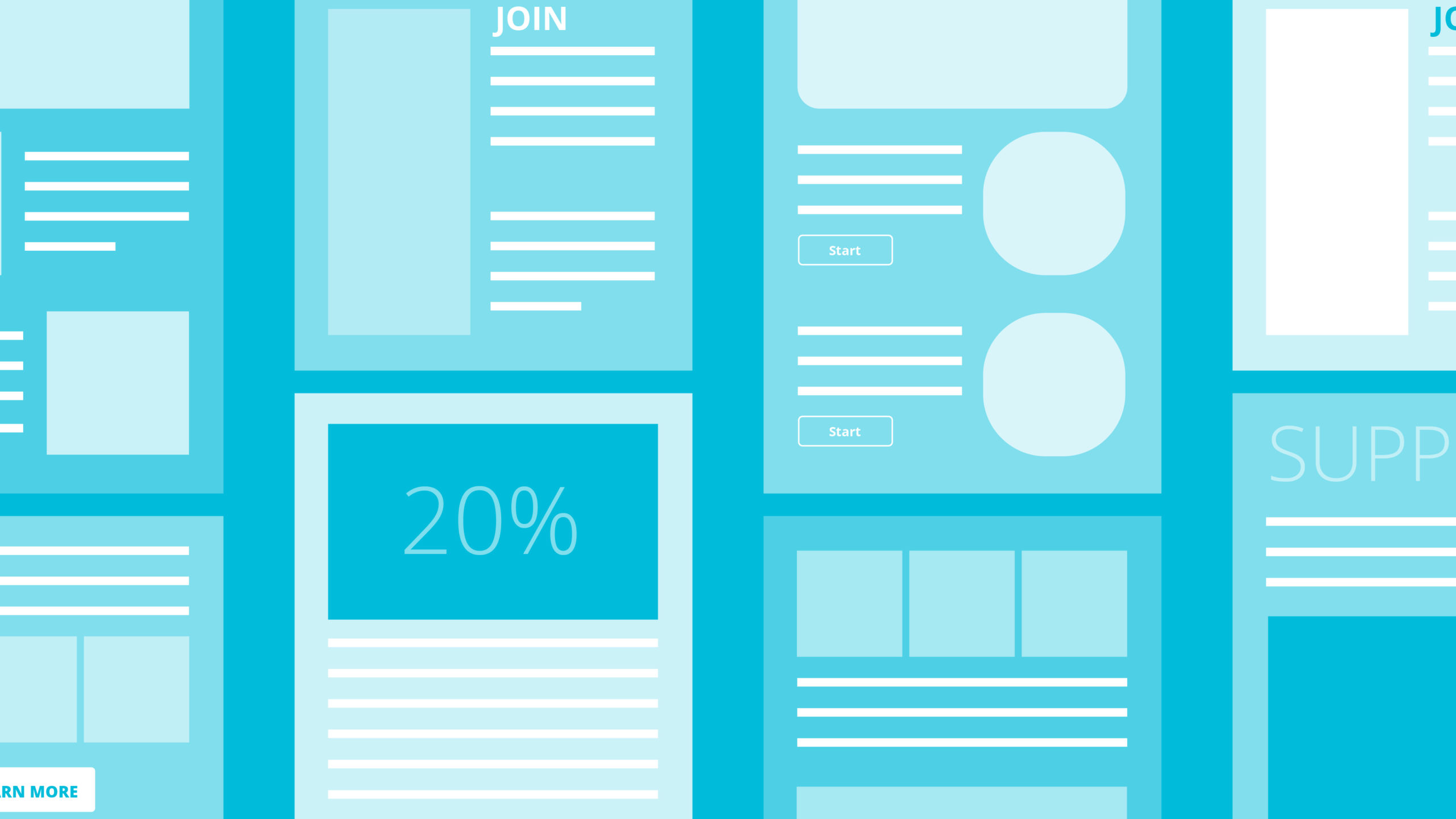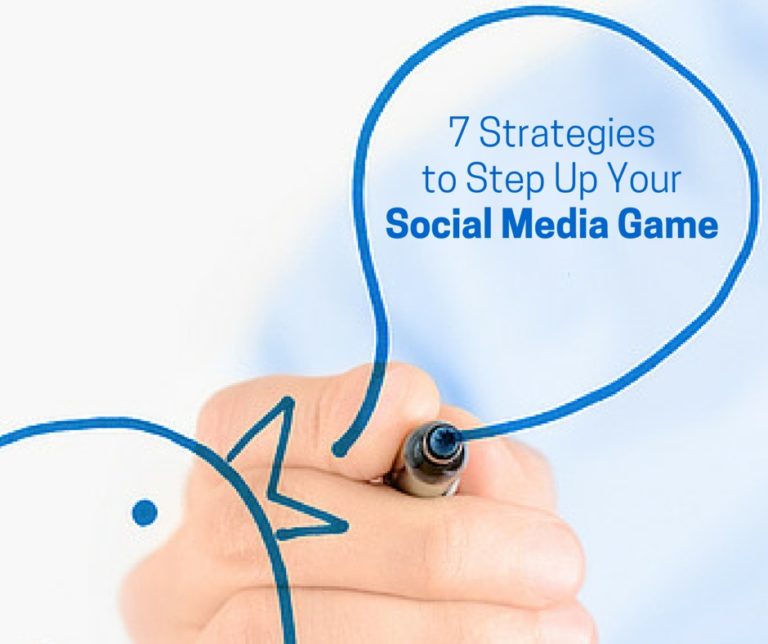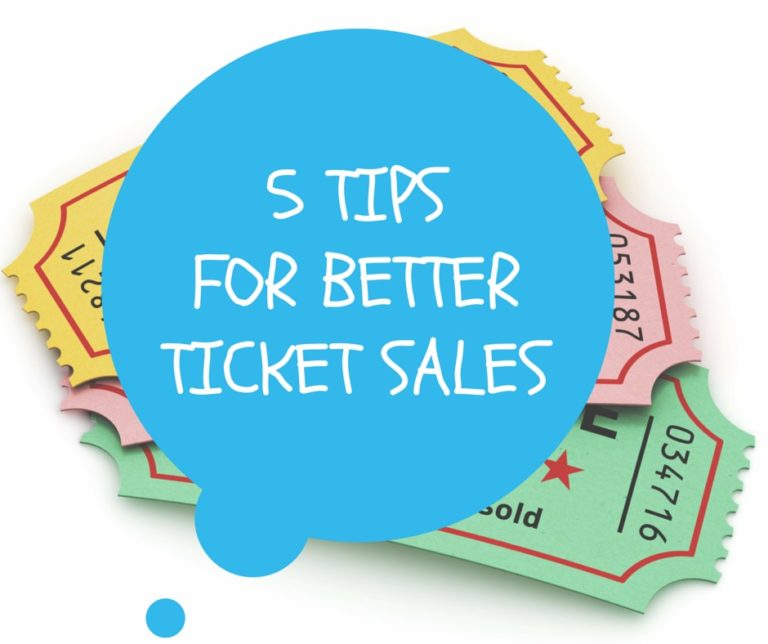Email marketing is still one of the most powerful ways to attract attendees to in-person and virtual events. In fact, email marketing’s average ROI is 38:1. However, that success comes with a caveat. According to technology market research firm, The Radicati Group, the total number of business and consumer emails sent and received per day exceeded 293 billion in 2019, and is forecast to grow to over 347 billion by year-end 2023.
So how can you make your email stand out in the over-populated inbox? Here are a few tips to help your email marketing efforts for events.
1. Â Have a clear call to action
What’s the action you want readers to take when they open your email? Is it to buy tickets? RSVP? With every email you send, always include a clear, actionable link. Perhaps it says “Buy tickets” or “RSVP here.” Be careful not to bury it within the content or leave it at the bottom of your message. Instead, make it the most prominent piece of your email.
2. Be mindful of the whole journey, not just the click
It’s okay to obsess over every bit of your email before you send it out. But remember that the email is just the beginning of the journey. Like any other campaign, if your email sends attendees to a generic, less-than-stellar landing page, then you may be missing out on conversions.
A great landing page works seamlessly with your email. And both the email and the landing page should be mobile friendly as well. About 3 in 5 consumers check their email on the go, and 75% of Americans say they use their smartphones most often to check email. Pair that with what Google says: 61% of users are unlikely to return to a mobile site they had trouble accessing.
If you don’t have the technical knowledge and skills to create responsive emails in-house, there are some email clients out there that will do it for you, such as MailChimp.
3. Offer something valuable
An email is a perfect place to offer a giveaway or a special deal. You could also provide important news and tips. When attendees find something valuable in their inbox, they’re more likely to pay attention in the future. They’ll have a reason to keep opening and reading your emails.
4. Test your subject lines
You can track the success of the email marketing for events by A/B testing elements of your emails, such as the subject line. Subject lines are critical in getting your message read. They’re one of the main reasons why someone opens your email, ignores it, or deletes it. Your subject line should entice people to open the email to learn more, and you can accomplish this in a few different ways, but something simple, direct, and actionable is usually the way to go. Most email marketing platforms will let you test a variety of subject lines on a small segment of your list, and then send the winner to the rest of the recipients. You can see which subject line performed the best and use this valuable information on how to send future emails that are more likely to be opened.
5. Spam isn’t tasty
You won’t believe your eyes! Click Here for a Cash Prize! YOU’VE BEEN SELECTED! Subject lines like these are likely to get caught in spam filters. Before jumping into your email marketing, it’s a good idea to be familiar with the FTC’s spam laws. Some common spam triggers include all-caps subject lines, a low text-to-image ratio, or exposing HTML in the body of the email.
6. Segment your audiences
Segmenting tools give you the ability to deliver relevant information to different audiences. For example, you can differentiate between past attendees and new registrants. This makes the email more valuable, personal, and more likely to succeed in the way you want it to.
7. Time it just right
Make sure you time your email right so it gets noticed. The day of the week and the time of day you send your email influence your open and click-through rates. Every audience is different, so it’s worth looking over past campaign data to spot trends. If you’re sending your first email marketing campaign, a general rule of thumb is that weekdays—specifically Tuesday, Wednesday, or Thursday—are the best days to send out your email. Most people go through email in the morning, between 7 and 9 a.m. You can also expect some opens on Sunday evenings when people are winding down the weekend and checking their phones.
8. Keep it simple
When it comes to designing your email, it’s better to keep it simple. A simpler design will work better across different email clients. It’ll read better on mobile. And some spam filters tend to strip out complex design elements.
Email marketing is still as relevant as ever, and an effective campaign may be just what you need to get the attendance boost you need. We’ll cover more email marketing details in future posts, so let us know in the comments what questions you want to be answered.






